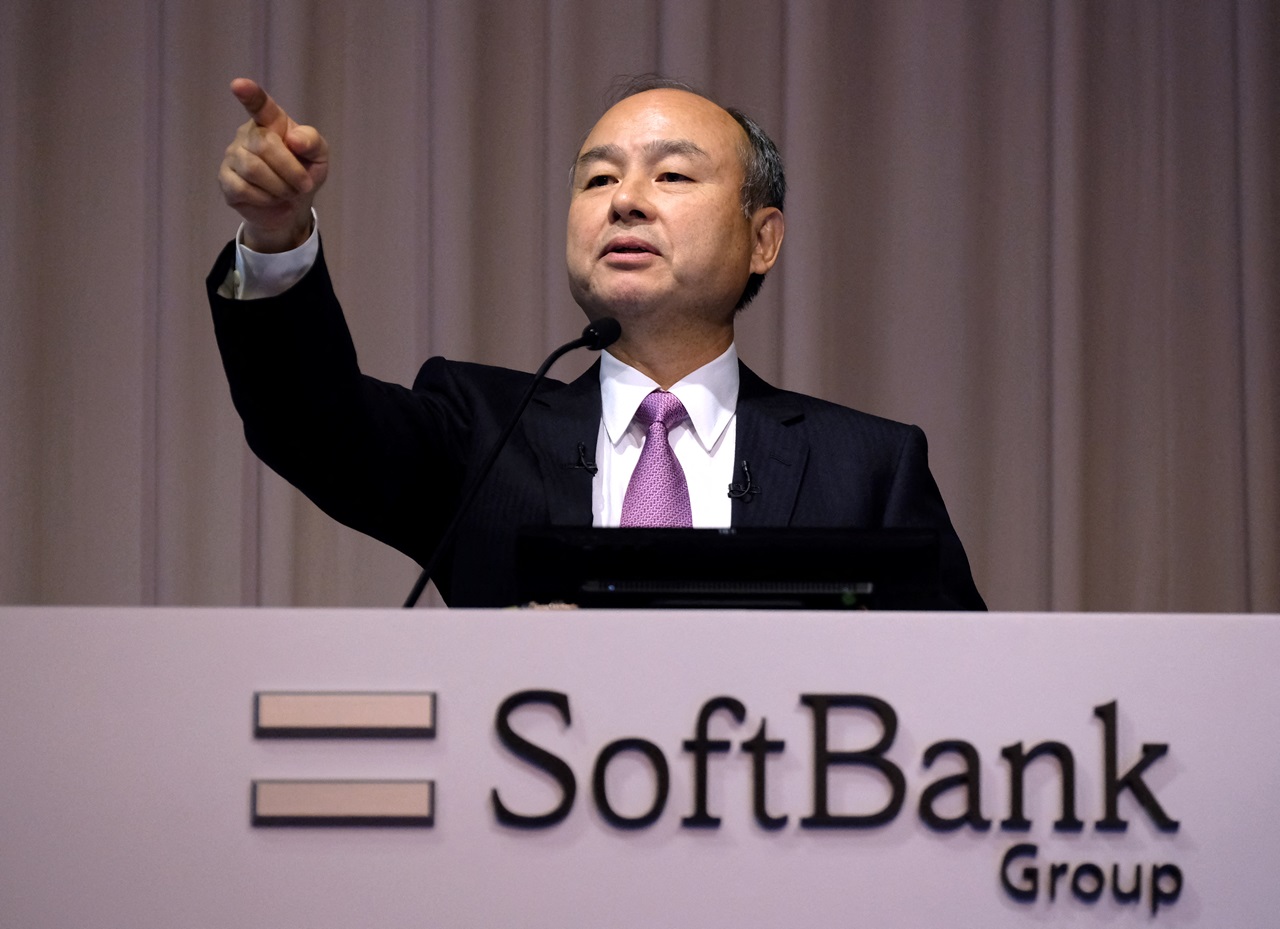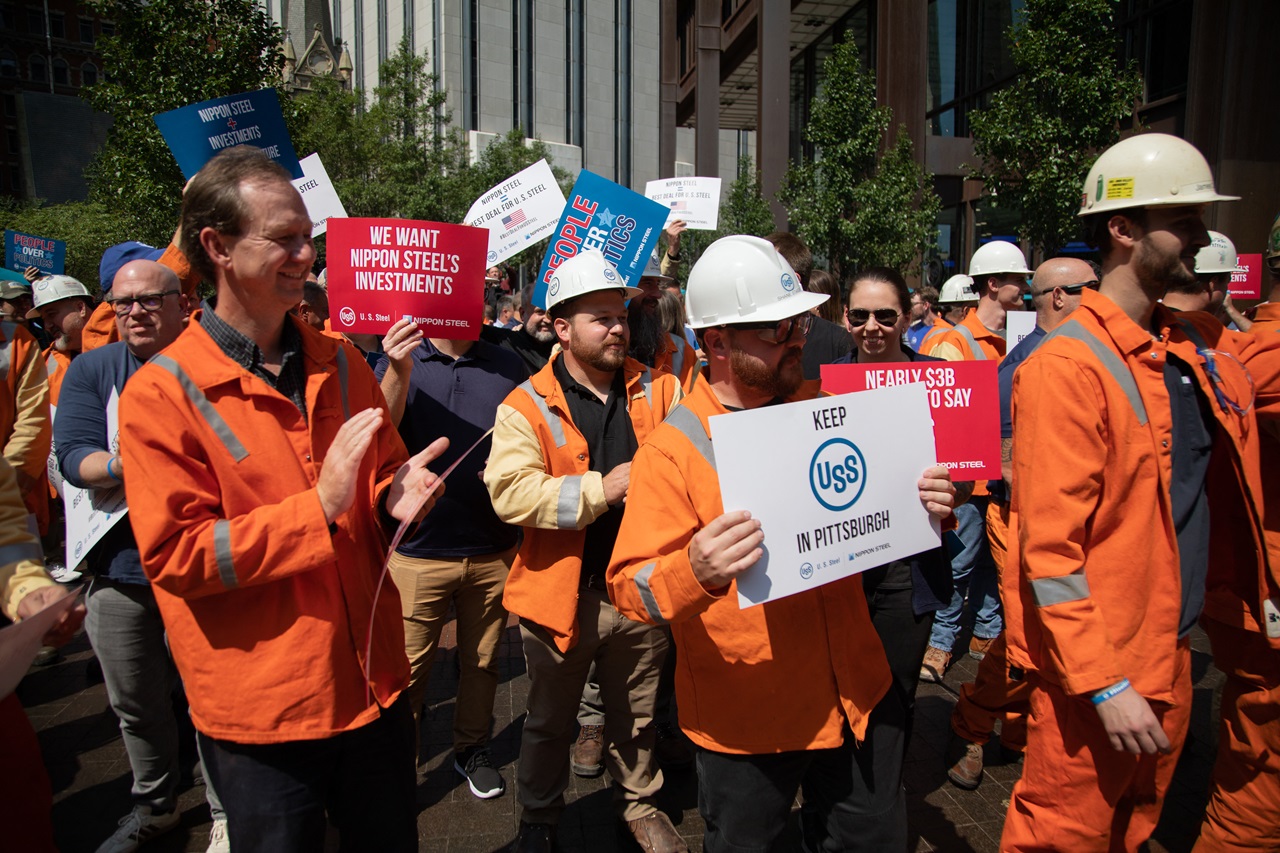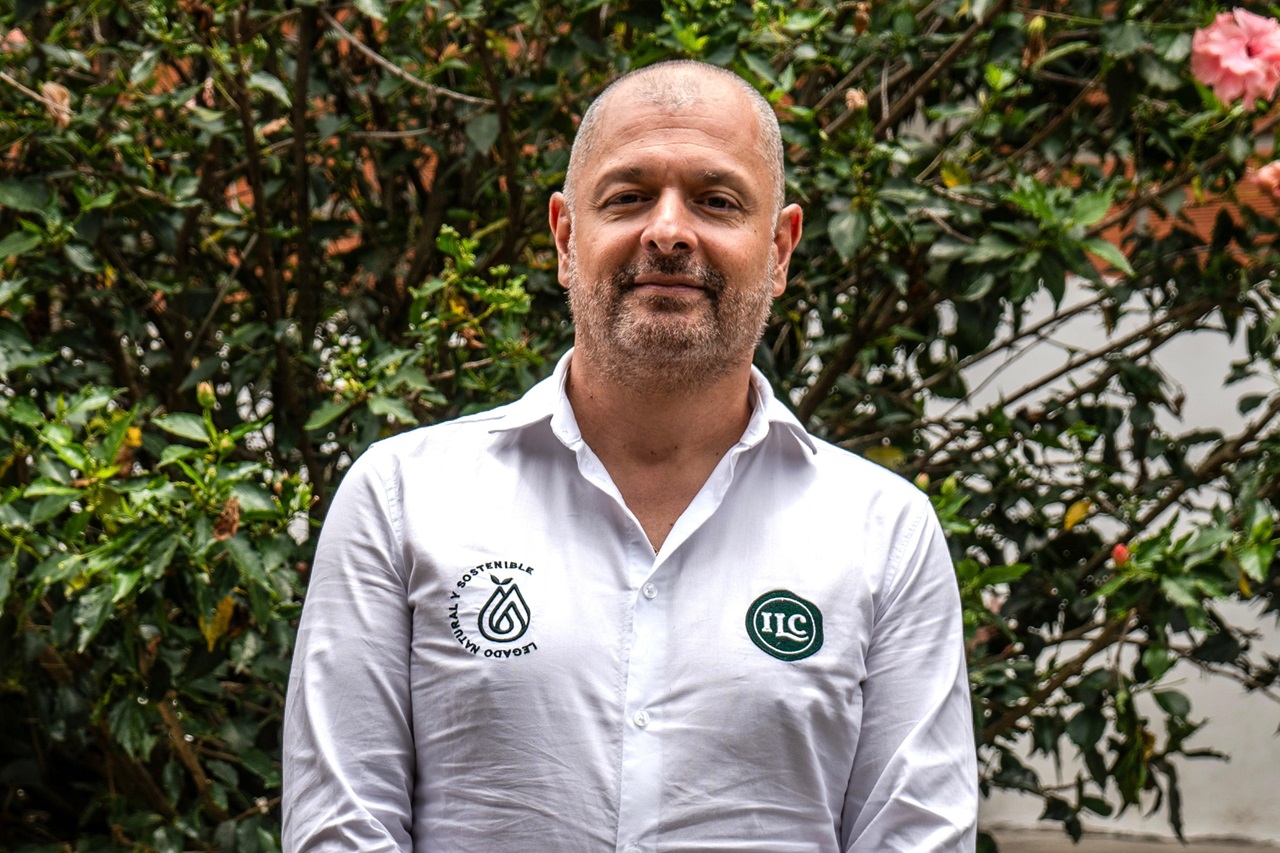
On Labor Day, how far are we from a 32-hour work week?
Labor Day is celebrated in the United States as a way to recognize the role of workers. One of the most important issues is the length of the workday.
The world has come a long way in limiting the working day. In the late 19th century, the Industrial Revolution created major problems: the working day lasted as long as 18 hours a day and affected not only men, but also women and children.
The struggle for better working conditions led to the recognition of the 8-hour working day. Today it is one of the most important institutions in the labor market.
But it doesn't look like it will last much longer. The idea of a better way of life has led many to wonder how to free up time from work to devote to other activities that generate well-being for people.
It started with the idea of a 40-hour work week and now some are already in an experiment to reduce it to just 32 hours a week.
Germany is the latest country to test this option with a specific project in 45 companies. The objective is to increase productivity mainly by reducing the working day while production levels are maintained or increased.
Colombia started this year a process to move from 48 hours a week to 42 hours.
It is a dream of the economist who sees productivity as the main way to achieve development and prosperity.
Today, new technologies, such as Artificial Intelligence, are establishing higher levels of productivity by achieving labor intensification, i.e., reaching higher levels of production in the same or even less time.
CONTENIDO RELACIONADO
But this is not a simple conclusion. On the one hand, there are major concerns that the deployment of artificial intelligence could lead to massive job losses.
On the other hand, others think that it will not be easy in the short term to achieve the productivity that everyone believes AI will bring.
According to an analysis by two experts from the Federal Reserve Bank of St. Louis, this new technology needs to be massively diffused before it reaches its peak.
In fact, experts Aakash Kalyani, Marie Hogan concluded that mass deployment of AI is still a long way off. They asked several entrepreneurs about the idea of implementing the technology. “The lack of widespread use may continue for some time: When asked if they expected to use AI within six months, less than 7% of the same companies answered yes. If history is any guide, AI productivity gains could take a long time to be realized.”
From this perspective, achieving a shorter working day should be carefully considered, to avoid bad impacts on the productivity of companies and, derived from this, a problem for workers.
On Labor Day, considering the 8-hour workday can show us how far we are from achieving better conditions for workers.










DEJE UN COMENTARIO:
¡Únete a la discusión! Deja un comentario.